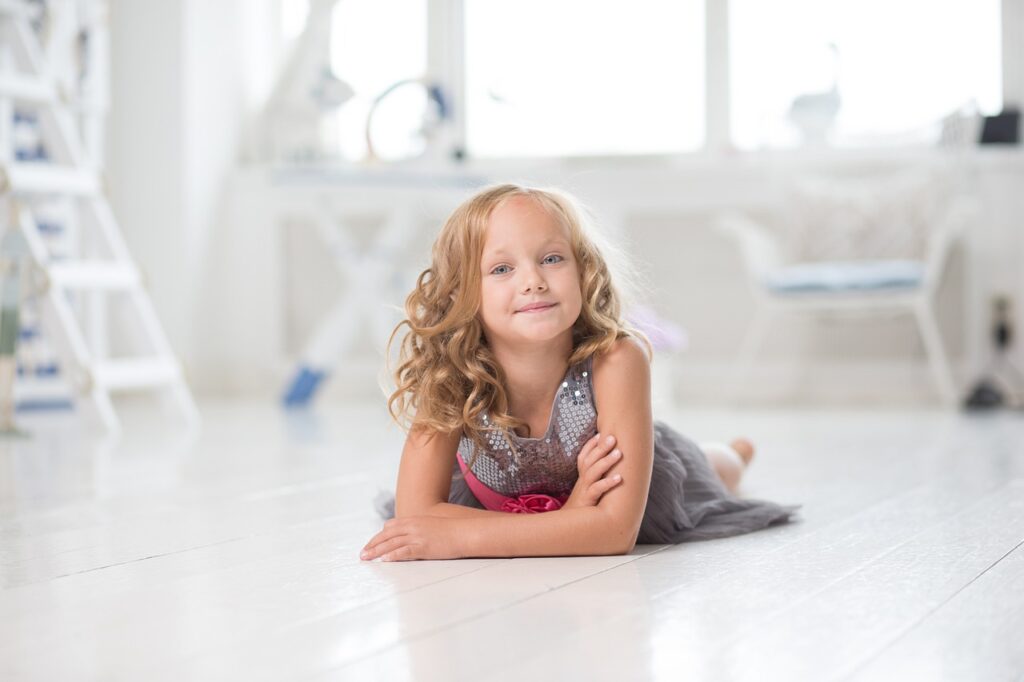Childcare interior design is a critical aspect of creating safe and stimulating spaces for children to learn and play. Providing an enriching environment with natural materials and play equipment that stimulates the imagination is essential for children’s cognitive and emotional growth. Wooden building blocks are a staple in childcare design as they provide endless opportunities for open-ended play, social interaction, and creativity.

Maximizing Learning Potential through Design
Childcare interior design can significantly impact children’s cognitive development and learning potential. Space’s layout, color, texture, and materials used can shape a child’s early learning experiences. Wooden building blocks are an excellent tool for hands-on learning, which is known as experiential learning. They help children develop their spatial reasoning skills, understanding of math concepts, hand-eye coordination, and problem-solving abilities.
Building blocks also promote language development as children use words to describe, explain, and discuss their creations with peers and adults. Research shows that children’s language skills are directly proportional to their ability to learn and solve complex problems. Using blocks in different sizes, shapes, and colors encourages children to identify and categorize objects, facilitating the creation of mental maps to understand the world around them.
Creating a Playful Environment
Playful environments create space for children to explore, imagine, and learn. Childcare design elements such as color, texture, and furniture placement can promote playful interactions. Incorporating a variety of wooden building blocks in design plans encourages playful and imaginative experiences.
Wooden blocks make perfect sense because they are simple in design but offer endless possibilities for creativity. Toddlers can stack them, construct towers and knock them down. Preschoolers can use them to build houses for dolls, bridges for cars, and castles for pretend play. Older children can use them to construct intricate designs, such as towers, castles, and bridges that allow for more complex social interactions and creative exploration.
Designing for Safety and Functionality
Designing for safety and functionality is a top priority in childcare interior design. Incorporating sensory elements through the use of natural materials such as wood promotes safety and sensory stimulation while encouraging exploration and creativity. Wooden building blocks also have a low risk of injury and are appropriate for children of all ages.
Designing functional childcare spaces involves prioritizing space utilization, efficient traffic flow, and proper storage solutions for toys and play equipment. Storage solutions for wooden blocks should be age-appropriate and accessible for children to encourage clean-up routines.
Biophilic Design in Childcare Spaces
Biophilic design refers to the integration of natural elements such as light, plants, and wood to create a connection to nature. Incorporating natural elements promotes a sense of calm and well-being and can enhance children’s cognitive development. Wooden building blocks seamlessly integrate with biophilic design elements to create a space where children can explore and connect with the natural world.
Providing different wood textures like smooth, rough, and glossy offers visual and tactile experiences in creating more interest. Wooden blocks that display natural features, such as bark or knots, can instill a sense of curiosity about the environment. Allowing children to touch and manipulate natural materials promotes a sense of wonder and awe, helping them develop a sense of appreciation and respect for the natural world.
Collaboration and Reflection in Childcare Interior Design
Collaboration is essential in childcare interior design as it encourages active participation and ensures that the design meets the needs of children, staff, and parents. Working with child development experts and child care staff ensures that design elements are age-appropriate and align with children’s developmental needs.
Incorporating traditional toys like wooden blocks in design decisions allows for reflection on a balance between new and traditional toys for children. Involving parents provides opportunities to solicit input on their children’s needs, interests, and hobbies while reflecting on what their child is playing with and why.
Conclusion
In conclusion, optimizing learning and play spaces through childcare interior design is essential for children’s cognitive, social, and emotional development. Wooden building blocks are a crucial tool for encouraging open-ended play, social interaction, and creativity. Careful consideration must be given to design elements such as safety, functionality, and biophilic design principles when incorporating wooden blocks into childcare design plans. Collaborating with professionals, reflecting, and encouraging feedback from stakeholders ensures that the design meets the needs and interests of all involved. Creating enriching play and learning spaces through childcare interior design is not only beneficial for children but is crucial for their overall well-being.
